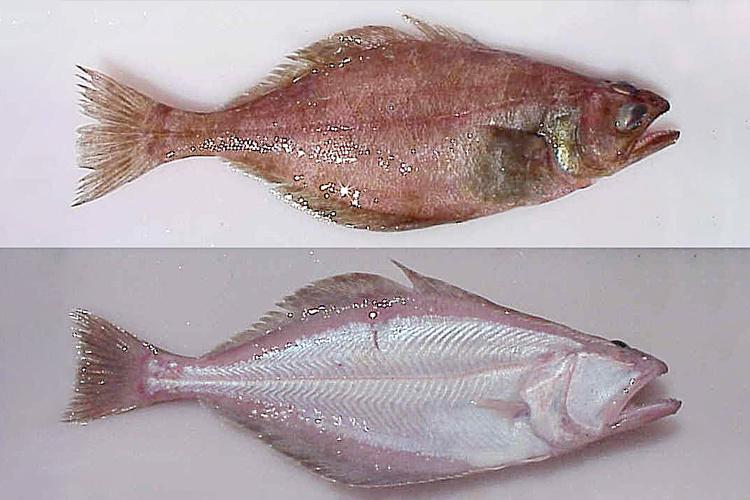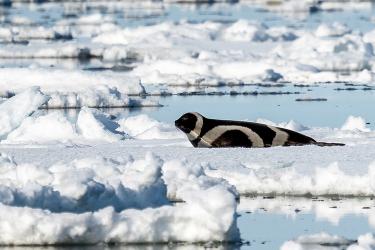Alex Andrews reported last week about our cruise to study the effects of ocean temperatures on plankton and the health and survival of juvenile pollock that live in the midwater or pelagic zone. We have been busy continuing the juvenile pollock survey, and documenting the extent of the eastern Bering Sea coccolithophore bloom.
We are also studying the health and survival of juvenile fish species that inhabit the seafloor or benthic zone. One of our primary species of interest is arrowtooth flounder, a voracious predator of walleye pollock and other fish. The Bering Sea arrowtooth flounder population increased 8-fold between 1982 and 1994, and although the population has declined somewhat since then, the population is still large in historical terms. This large population of arrowtooth flounder comprises an important part of the Bering Sea food web as both predators and prey, and almost half of the diet of adult arrowtooth flounder in the Bering Sea is juvenile walleye pollock.
Like most fish, arrowtooth flounder abundance is determined primarily by survival in the first few years of life. On our cruise, we are locating nursery areas of arrowtooth flounder and other flatfish species, and determining the geographic area, ocean depth, seafloor sediment, and other fish and invertebrate species present at the nursery areas. We are also collecting juvenile fish to discover what they eat, and assess their body condition during this period of multiple warm years.



